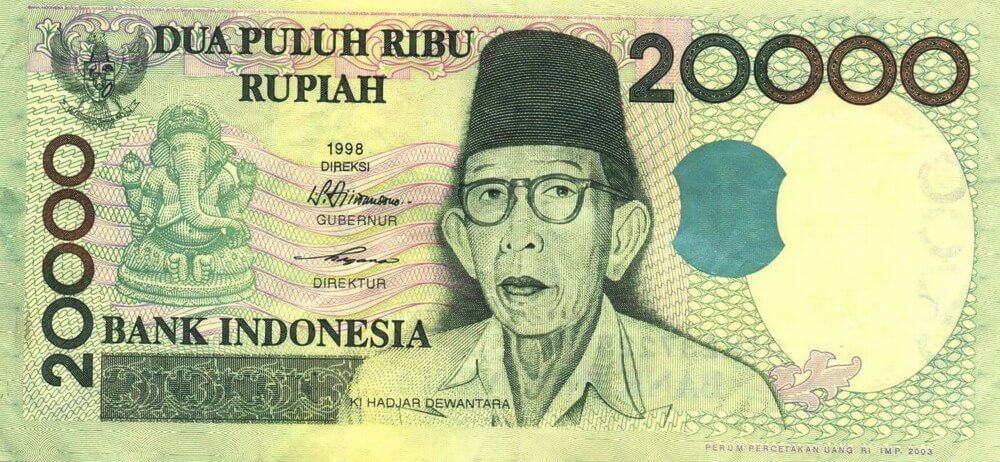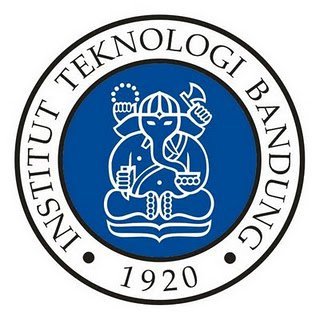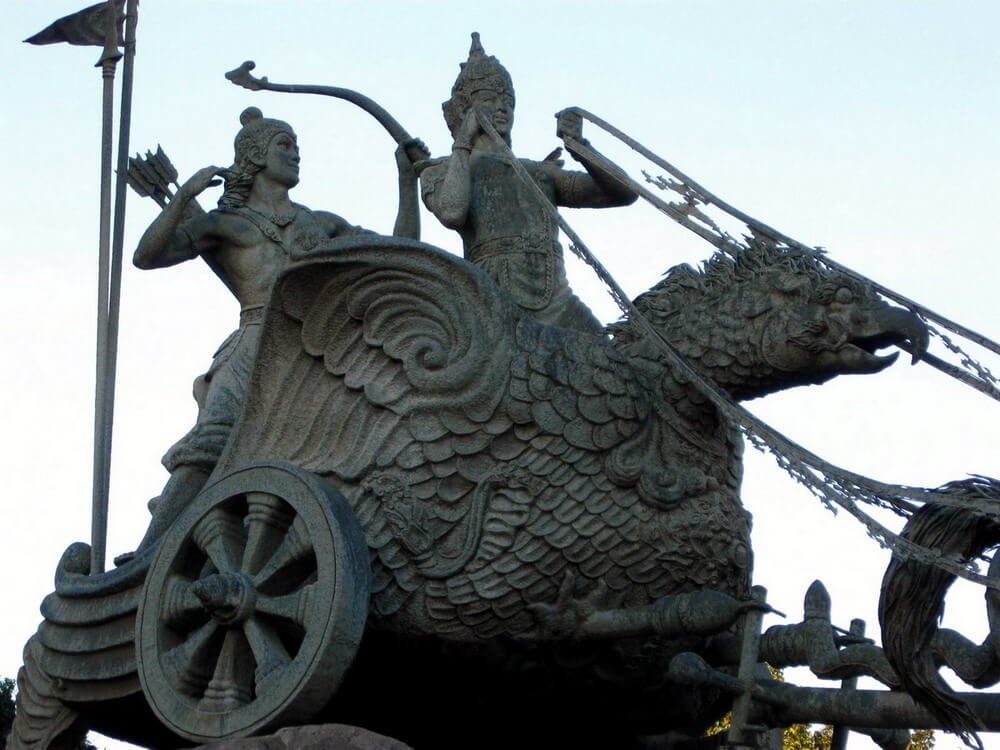Indonesia is a country where 87.5% of the population are Muslims and 3% are Hindus, but you’ll find plenty of Hindu motifs everywhere you look. So much so that, when L.K Advani visited Jakarta in July 2010 to attend the World Sindhi Conference, he was left awestruck by the healthy respect the Muslim majority has for Hindus and their mores and vice versa.
Among various examples of widespread Hindu influence in Indonesia, is the 20,000 rupiah note with an inscription of Lord Ganesha alongside a picture of Ki Hajar Dewantara in the front. The backside of the note has a picture of a classroom with children studying.

It is believed that the Indonesian archipelago was under Hindu influence as far back as the first century and the culture has carried forward to contemporary times with native believers of Hindu deities and practices.
While Lord Ganesha is widely regarded as the God of arts, sciences and intellectual wisdom, Ki Hajar Dewantara was a well known Indonesian independence activist and a pioneer of education for native Indonesians when the country was under Dutch influence. The picture of the classroom at the back supports the theme of the note, that of education.
There are plenty of Hindu motifs present throughout the country, the Ramayana and Mahabharata tales are widely prevalent among the natives, there is a Krishna-Arjuna statue at Jakarta square, the Indonesian military has Hanuman as their mascot and the Bali tourism logo is inspired from Hindu mythology and its symbolism. Bandung Institute of Technology, an esteemed premier educational institution has Ganesha as its logo.

There is another theory to this, according to a Quora user, that Dr. Subramanian Swamy once asked the Indonesian Finance Minister about the image of Ganesha on their currency note. The minister explained that in 1997, the currency of several Asian countries was getting devalued. After all attempts to curb the devaluation failed, somebody suggested that they have an image of Ganesha, bringer of good fortune on the note. Luckily, it worked and the superstition has stuck ever since. Since then, the image has stayed on the currency note and natives have accepted it.

In the words of an impressed L.K Advani,
“In Indonesia, the names of places, of people, and the nomenclature of institutions also give one a clear impression of a benign Sanskrit influence.”

















